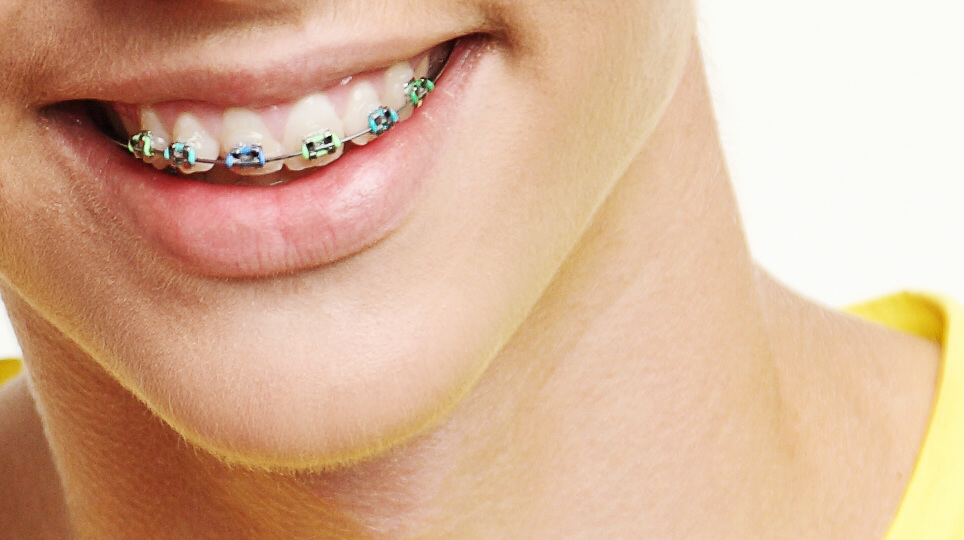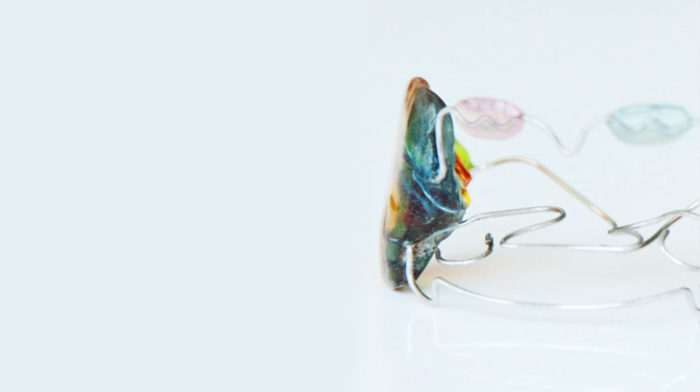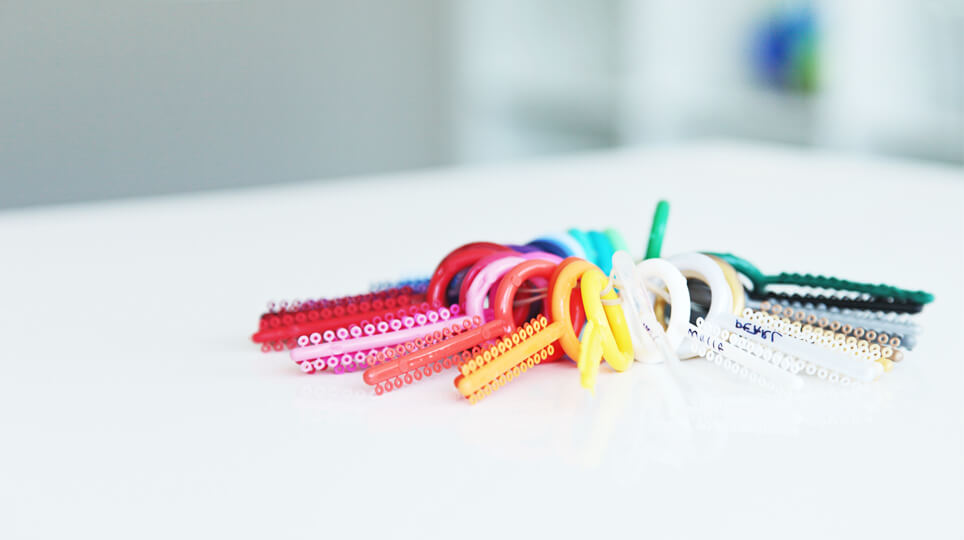Braces are popular.
Fixed, removable, "invisible" appliances

Fixed appliances
Braces are a common appliance, most often used by patients with permanent teeth, i.e. teenagers and adults. The brackets and bands are fixed on the teeth. The length of the treatment is highly individual and depends on the patient’s particular dental and skeletal make-up. Generally, the treatment lasts about one and half years. Because the treatment is so long, it is essential that each patient is informed about the proper means of cleaning both their teeth and braces. On each visit to the clinic, the patient will be informed (directly on their own teeth) how to take care of them and their braces.

Removable appliances
These are well known as “night appliances for children”. They are commonly used throughout the time when milk teeth are changed to permanent teeth. The appliances have different colours and can be decorated with glitters and/or pictures. If the patient follows the doctors´ instructions carefully and wears them correctly, they are very effective. One of their advantages is that the patient can take them out so that they can both eat and brush their teeth with ease.

Choose your own colour elastics for your fixed appliance
Colourful elastics are a fashion accessory and very popular with all ages – children, teenagers and adults. The elastics colour can be changed any time you come for a check-up. So each time you can enjoy a new smile.

Invisible appliances
This group of appliances can be both fixed and removable. Their characteristic feature is that they are all unseen. The most popular invisible and removable appliance is a splint system like Invisalign. In this system, the patient receives several pairs of splints, which they have to wear at all times, except for when eating and brushing their teeth. They are changed according to the doctors´ instructions. Of the group of fixed braces, there are ceramic brackets with white wires and lingual brackets. Ceramic brackets have the same colour like teeth. Lingual brackets are stuck on the lingual side of the teeth, a process termed the lingual technique.
